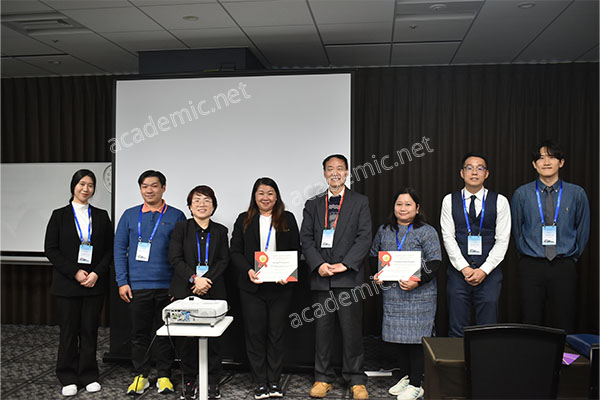A Step-by-Step Guide to Writing an IEEE Research Paper
Publishing a research paper in an IEEE journal or conference is a prestigious accomplishment that can boost your academic and professional profile. IEEE is a trusted platform for disseminating high-quality research in technology, engineering, and science. This guide walks you through the process of writing and publishing a successful IEEE research paper.

Why Publish in IEEE?
- Global Visibility: IEEE journals and conference proceedings are indexed in major databases, ensuring worldwide recognition.
- Credibility: IEEE is a trusted name in technology and engineering, enhancing your research’s reputation.
- Collaboration Opportunities: Publishing with IEEE opens doors to connect with like-minded professionals and potential collaborators.
- Career Advancement: Publications in IEEE journals are highly regarded by academic and industry leaders.
Steps to Writing an IEEE Research Paper
1. Choose the Right IEEE Venue
Selecting the appropriate IEEE journal or conference is the first step.
- Use the IEEE Publication Recommender tool to match your work with relevant venues.
- Browse platforms like academic.net to find active IEEE calls for papers (CFPs) that align with your research topic.
2. Understand IEEE Formatting Guidelines
IEEE has specific formatting rules that must be followed.
- Download the IEEE paper template from the IEEE website.
- Key sections typically include:
- Title and Abstract: Brief yet informative.
- Introduction: Define the problem, objectives, and significance of your research.
- Methodology: Clearly explain the methods used.
- Results and Discussion: Present findings with supporting figures or tables.
- Conclusion: Summarize key takeaways and future directions.
3. Conduct High-Quality Research
A strong IEEE paper starts with robust research. Ensure that your study:
- Addresses a Significant Problem: Focus on real-world challenges or gaps in existing knowledge.
- Uses Reliable Data: Base your conclusions on well-documented experiments or simulations.
- Provides Novel Contributions: Highlight the unique aspects of your work compared to existing literature.
4. Write a Strong Abstract
The abstract is often the first (and sometimes the only) section reviewers and readers read.
- Summarize the main objectives, methods, results, and significance.
- Keep it concise, typically 150–250 words.
5. Use Figures and Tables Effectively
Visuals help communicate complex data clearly.
- Use graphs, diagrams, or tables to support your findings.
- Label and reference each visual correctly within the text.
6. Cite Relevant Literature
Strong references show your work’s context and validity.
- Use IEEE’s citation style, which is numeric and in square brackets (e.g., [1]).
- Prioritize recent and relevant sources, including IEEE publications.
7. Proofread and Edit
A polished paper improves your chances of acceptance.
- Check for grammar, clarity, and logical flow.
- Have colleagues review your work for feedback.
- Use plagiarism-check tools to ensure originality.
How to Submit Your IEEE Research Paper
-
Prepare for Submission:
- Verify that your paper complies with formatting and length requirements.
- Include a clear list of keywords and author affiliations.
-
Use the Submission Portal:
- Journals: Submit through IEEE Manuscript Central.
- Conferences: Submit via platforms like EDAS or links provided in the CFP.
-
Respond to Reviewer Feedback:
- Revise your paper based on peer-review comments.
- Address all feedback comprehensively to improve acceptance chances.
Common Mistakes to Avoid
- Non-Compliance with Guidelines: Papers that don’t follow IEEE’s format are often rejected outright.
- Poorly Defined Objectives: Ensure your research question is clear and well-justified.
- Weak Abstract or Conclusion: These sections need to be impactful and concise.
- Overloading Visuals: Use visuals sparingly and ensure they are easy to interpret.
Benefits of Publishing with IEEE
Publishing an IEEE research paper:
- Boosts your academic credentials.
- Increases the visibility and citations of your work.
- Contributes to advancements in technology and science.
Conclusion
Writing an IEEE research paper requires precision, originality, and adherence to guidelines. By following this step-by-step guide, you can create a paper that stands out and contributes meaningfully to your field. To explore upcoming IEEE conferences or journal opportunities, visit academic.net and start your journey toward publication today!
